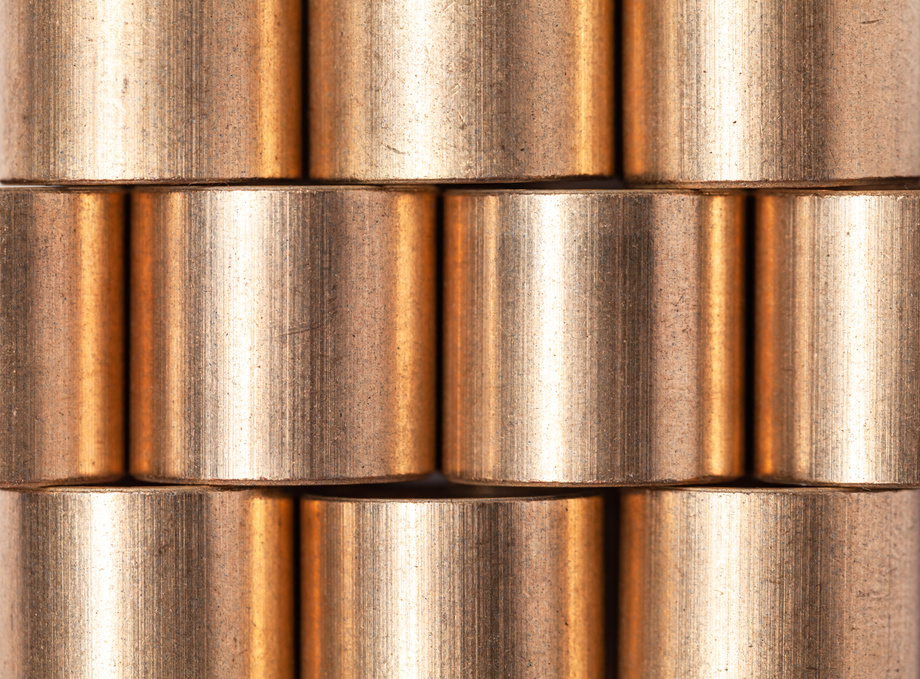
Background
High strength, high conductivity copper (Cu) alloys are a potentially attractive option for a variety of demanding high heat flux structural applications ranging from aerospace to fusion energy. Fusion energy applications are particularly demanding in terms of performance requirements, for high thermal heat flux and resistance to neutron irradiation‑induced property degradation are simultaneously required. Damage that occurs in metals and alloys after prolonged exposure to stress at elevated temperatures is referred to as creep. Although impressive room temperature yield strengths and conductivities have been achieved in several Cu alloys, all current commercially available high strength, high conductivity Cu alloys suffer significant creep deformation at temperatures above 300–400 °C. Therefore, new Cu alloys specifically tailored for thermal creep resistance without causing detrimental effects on electrical and thermal conductivity need to be designed.
Technology
Researchers at Stony Brook University (SBU) have developed a new Cu based CuCeNbZr alloy with a combination of thermal conductivity, tensile strength, ductility, and thermal creep resistance. The new alloy is designed to produce a multi‑modal distribution of chromium (Cr) precipitates in microstructure to provide enhanced resistance to dislocation (power law) creep and grain boundary sliding (Coble creep). The high density of the fine‑scale Cr precipitates, forming coherent interfaces with the Cu matrix, are the predominant contributor to the tensile strength. Its superior creep property allows the alloy to be used at elevated temperatures as high as 500 º C.
Advantages
High strength - High thermal conductivity - High creep resistance - Withstands elevated temperatures
Application
Nuclear reactors - Industrial engine components - Heated metal filaments - Jet engine components - Pressurized high‑temperature piping - Applications where creep property and thermal conductivity are both needed
Inventors
Lance Snead, , Materials science and Chemical Engineering
Lizhen Tan, , Materials Science and Technology Division
Ling Wang, , Materials Science and Technology Division
Steven Zinkle, , Materials Science and Technology Division
Licensing Potential
Development partner - Commercial partner - Licensing
Licensing Contact
Donna Tumminello, Assistant Director, Intellectual Property Partners, donna.tumminello@stonybrook.edu, 6316324163
Patent Status
Patent application submitted
Tech Id
050-9381
